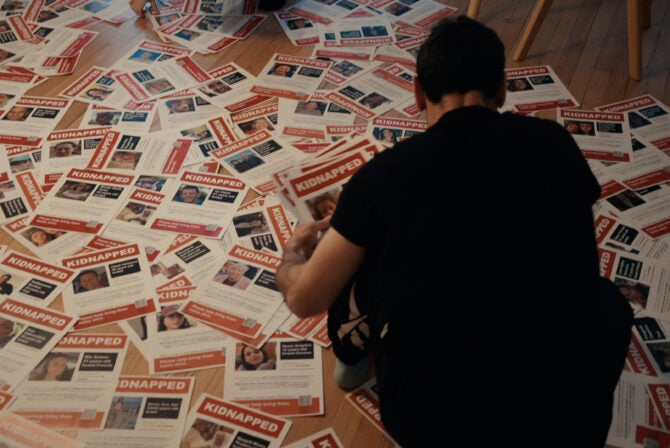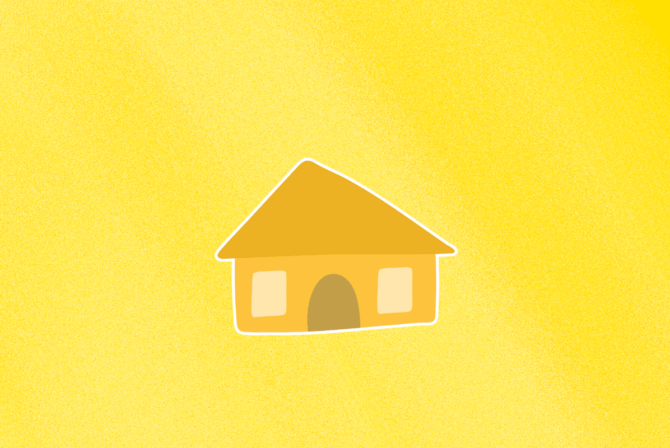Editor’s note: The author of this piece prefers to stay anonymous to protect the identity of her daughter.
My 11-year-old daughter, Sarah, is the kind of child who won’t break the board in karate class because she is afraid of splinters. She worries about not drinking enough water, about her constipation, about her grandparents dying, about Donald Trump, and about getting perfect grades in school. More than your usual fifth grader. When learning about heat stroke at science camp, she fled to the nurse wheezing and crying that she was about to drop dead. Sarah worries about worrying.
When Sarah was in second grade, I gave her a glittery silver box and a pad of paper. I asked her to write her worries, one per slip of paper, and deposit them in the box. I bought her a baby blue ribbon so she could tie it up with a bow and present it to me. The worry would be on me. I would be the new owner and keeper of the worries.
She considered the box, turned it upside down and on its side, and tugged a little at the pristine ribbon. She said she liked the sparkles.
I was no stranger to anxiety. As a young woman, I commiserated with the existentialists we read in literature class at Yale, I worried about family members dying in plane crashes, or getting lost on the freeway.
My anxiety peaked when I was pregnant with Sarah. I feared that she would have a heart defect. I worried about my emotional capacity to be a mother at all. Above all, I worried that she would absorb my stress via the umbilical cord, or from her first bath in contaminated amniotic fluid. My burgeoning anxiety became enough to warrant meds beyond my current regime.
My psychiatrist also gave me a shoebox, from her sensible Mephisto sneakers, for me to put my worries in. The box was tied with a pink satin bow; it was both fancy and practical enough for a woman with a baby girl in utero. It was a grown-up worry box, a physical receptacle for my emotional anxieties. It had a slit cut into the top, like a piggy bank for worry.
Then, fetus Sarah stopped kicking and her heart rate was decelerating. I was admitted to the hospital at 30 weeks, and remained there tangled in fetal monitors until my delivery at 36 weeks. Sarah went directly from my open belly to the NICU. Thankfully, she was returned to me 9 hours later, in perfect shape.
As I cradled her in my arms, shaky and nauseous from the anesthesia, my anxiety began to settle. Yes, I had lot of worries about dropping her or how to swaddle her without suffocating her — typical new mom stuff! Everyone made certain that I got enough rest to be the best mother I could be, and to maintain my own mental health.
When Sarah was 8 weeks old, we joined a baby group. As the only mother who was not breastfeeding, I was riddled with shame and anxiety that my child would never bond with me. When the 1-year olds started to toddle around the room, Sarah had not even mastered commando crawling. I put her in physical therapy where she was diagnosed with Hypotonia (low muscle tone). She finally walked at age 2.
Jammed into hard, unforgiving plastic orthotics, as Sarah grew she was aware of her orthotics looking “ugly” in her heavy, “therapeutic” shoes. She started to worry that her friends didn’t like her. Even post-orthotics, she worried about being “weird,” and as she grew, her worries did, too. And so, in second grade, Sarah’s teacher implemented a “worry jar” for her classroom — same rules as our box at home. Her teacher had to constantly pull her aside for extra tight hugs to soothe her frayed nerves
Anxiety now spans two generations in my family, though perhaps it goes back even further. Maybe there is a special spot in the brain, a “worry spot.” Sarah and I would have identical PET scans, with the specific area lit up like a lightning storm.
I have learned to keep own anxiety in check. In graduate school, I learned about a study in which toddlers fall off a “visual cliff” — they don’t react to something until they register the mommy’s face. If the mother’s face expresses fear, the baby cries. If the mother appears calm, the toddlers will not be upset. I try to stay calm when Sarah looks to me for cues.
Perhaps I’ve simply internalized our worry boxes, the slips of paper replaced by abstract thoughts. But if not, I am going to need a bigger box for Sarah’s teenage years. For the worries she will develop about her body and her weight — this is genetically loaded in my family — and the worries about friends and boys and getting into college, or even middle school.
Then there are my worries. The worries that she will come home at midnight reeking of cigarette smoke; the worries about when and how she will lose her virginity. Mood swings. The hope that she will always be treated with respect and compassion.
By the time she is driving, I will probably need a crate for my own worries. Sarah may need a crate, too, but no matter how old she is, she will still be my daughter. I am the keeper of my daughter, and I will be the keeper of her worry for as long and as best as I can.







